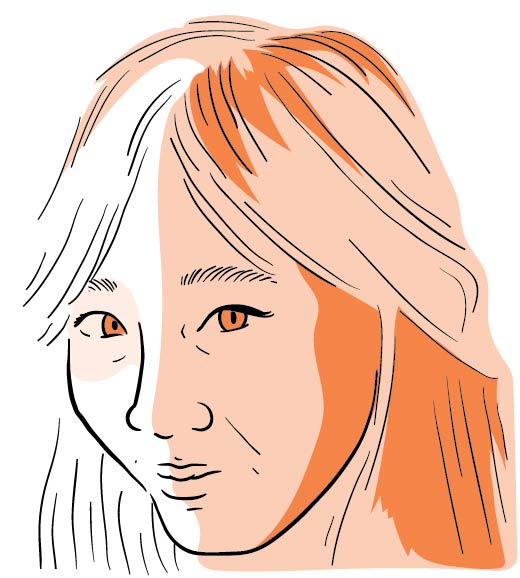It’s hard to know when you’ll catch nostalgia, like you would a virus or a disease. An Angelfire page, littered with broken image boxes. Floral print wrapped around a chipped enamel mug, the creaking arpeggio of a pop song, or the wafting scent of cigarette smoke mingling with soup on the stove. Less an aesthetic than a mood, nostalgia arises within us as the desire to inhabit a romantic fantasy of our past. But of course, as Svetlana Boym writes in Atlas of Transformation, nostalgia seeks the impossible. It’s a “longing for a home that no longer exists or has never existed.” For her, it remains an intangible simultaneity “of home and abroad, of past and present, of dream and everyday life. The moment we try to force it into a single image, it breaks the frame or burns the surface.”
But perhaps it is also in the place where nostalgia’s double image cleaves that we can find something valuable. What happens when we jam our fingers into the space between our flawed, romanticized past and our wishes for the future? What does it mean to hold our impulse toward newness alongside our ambivalence toward modernity; our desire for the familiar alongside the historic forces that bind us? These texts do not resolve these rifts but find, in their articulations of nostalgia, a way to challenge our preconceived notions of history or futurity in favor of the meandering, the speculative, and the more intensely felt—a path without a destination, perhaps, but one that’s clearer-eyed, twisted, and set alight.
The Grave on the Wall—Brandon Shimoda (2019)
In Shimoda’s triumph of textural prose, he embarks upon a pilgrimage to trace the history of his grandfather Midori’s life. He finds himself instead in fluctuating spaces of the past and the present: between Japanese internment camps and pretty graveyards, FBI files and the remains of Hiroshima. In moments of death and destruction, there is no symbolism but instead “a sunset world” where hell is real. Shimoda’s journey through the residue of history, dream, and archive similarly negates metaphor; his writing unspools into a realm where image is rendered purely material and becomes so brittle it crumbles at the touch. With him, we circle the void, chasing facts that have been forever lost and suffering that will never find purpose. The Grave on the Wall is a passage of aching nostalgia...
You have reached your article limit
Sign up for a digital subscription and continue reading all new issues, plus our entire archives, for just $1.50/month.
Already a subscriber? Sign in





